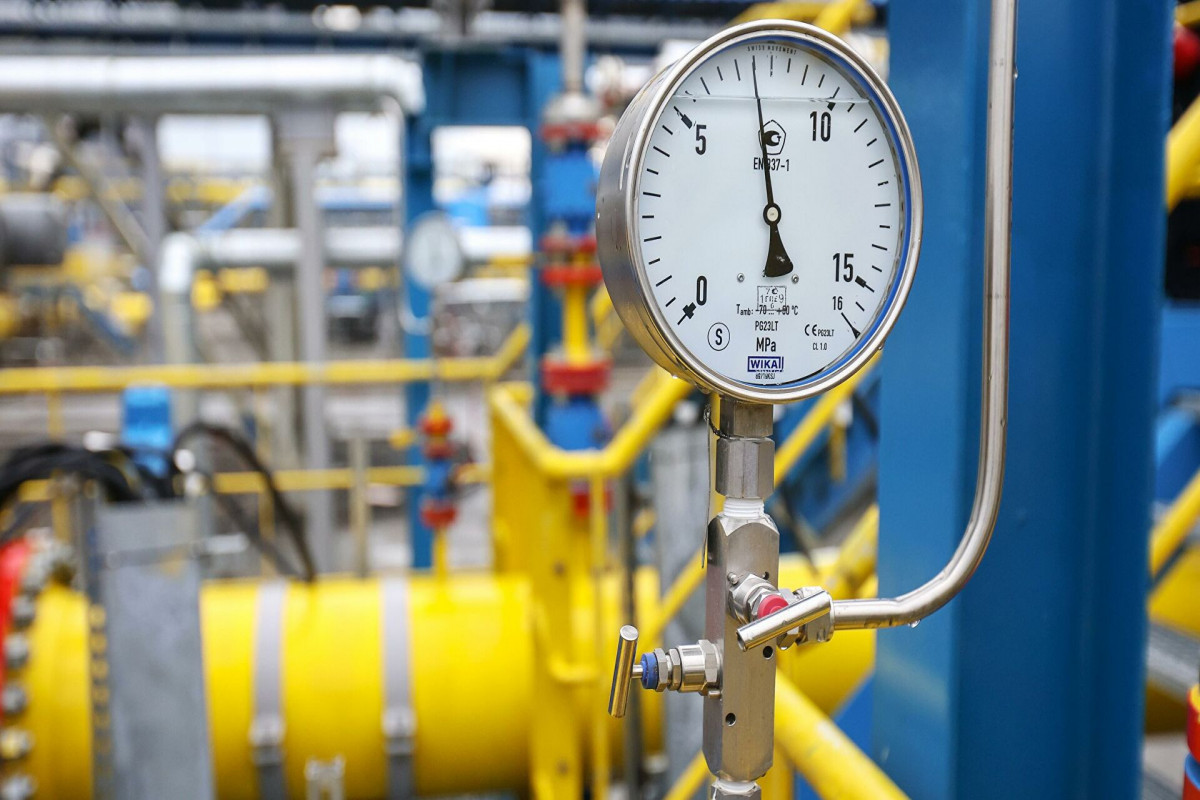
Natural gas futures rose during Friday's European trading session. According to the New York Mercantile Exchange, April natural gas futures are trading at $4.68 per million BTU.
Notably, earlier this week, March 7, the April futures at the TTF hub in the Netherlands soared to nearly $3,900 per 1,000 cubic meters. In the UK, the price of the British thermal unit rose to 800 pence.
The US Dollar Index measures the value of the US currency against a basket of six major world currencies. At the time of writing the article, it was down 0.05% to $98.35.
The EU planned to ban Russian energy imports due to the Russia-Ukraine conflict. However, it was reported today that the EU government was not willing to impose sanctions on Russian oil and gas imports. Hungarian Prime Minister Viktor Orban announced this news, speaking at the informal EU summit in Versailles today.
Earlier this week, Dutch Prime Minister Mark Rutte made a similar statement. He believes that the Dutch government soberly assesses the market situation and assumes that these sanctions are harmful to the EU countries. Therefore it does not support the idea of imposing a ban on Russian oil and gas imports.
Member of the European Parliament Thierry Marian said that if the EU implements a ban on Russian gas import, it will definitely face a crisis.
The Hill assumed that the US ban on Russian oil imports would lead to huge financial losses. US oil and gas prices will surge at least until the country will turn to alternative energy suppliers.
Historically, Russia has been the largest supplier of natural gas, mainly to EU countries. Germany, Italy, Hungary and Austria are heavily dependent on Russian gas. However, the EU has been trying to reduce its dependence, it is unlikely in the short term. Currently, Russia accounts for nearly 40% of EU gas imports. For example, Norway, the second-largest exporter of natural gas in the EU, supplies only 19% of the EU gas demand.
According to the EU new trend of renewable energy, coal and nuclear power plants have been phased out. Therefore, the significance of gas and the increase in its supply volumes for the EU is only growing every year.
It is impossible for the EU to cut Russian gas imports immediately. Therefore, on March 9 the European Commission announced a plan to gradually reduce coal, oil and gas supplies from Russia. Its target is to end Russian natural gas imports. According to a document called REPower EU, Europe is going to diversify gas supplies by increasing imports of liquefied natural gas and pipelines from non-Russian suppliers. The EU intends to implement this plan by 2030.
As for alternative energy sources, the EU can increase supplies of liquefied natural gas from the US. For example, US LNG imports have been rising steadily since the first shipment in 2016. Moreover, it has already exceeded 64 billion cubic meters by January 2022. Last year, the US delivered more than 22 billion cubic meters of gas to the EU. In December 2021, the United States became the world's largest exporter of liquefied natural gas for the first time ever, surpassing Qatar. It is evident that as EU countries reduce their heavy dependence on Russian gas imports, Washington is willing to further increase US LNG supplies to the global market.





















